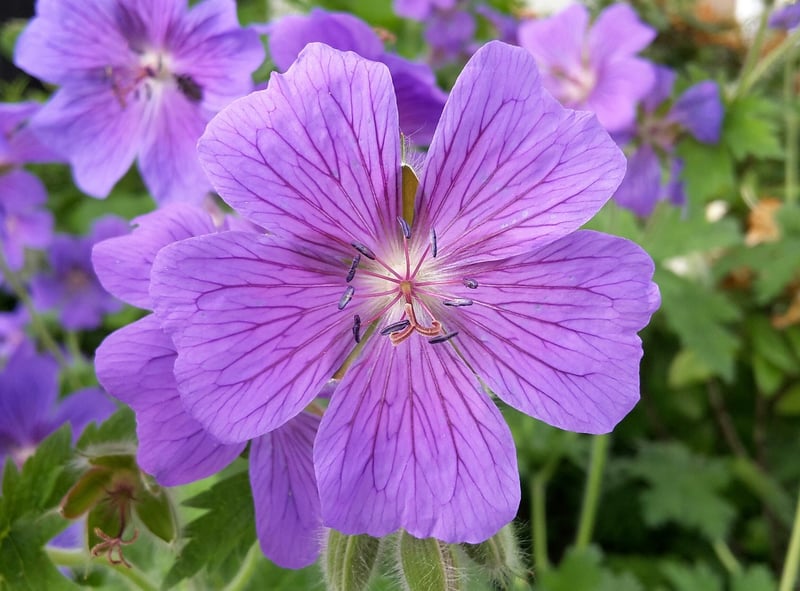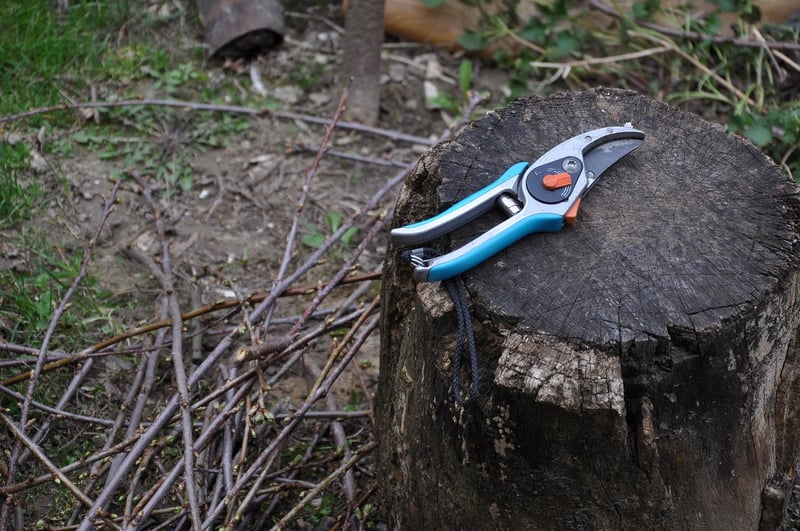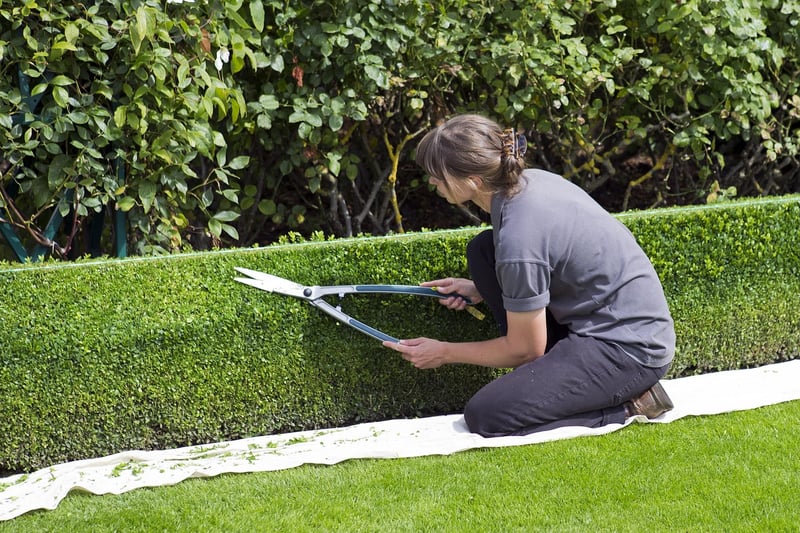Pruning Techniques
Keeping Your Garden Healthy: Essential Pruning Techniques
Welcome to our guide on maintaining a healthy garden through proper pruning techniques. Whether you're a seasoned gardener or just starting out, understanding how to prune your plants is essential for their growth and overall well-being. Read on to learn the basics of pruning and how it can benefit your garden.
Why Pruning is Important
Pruning is the process of selectively removing parts of a plant to promote healthy growth and shape. By removing dead or overgrown branches, you allow the plant to allocate resources more efficiently, leading to better fruit production, vibrant blooms, and overall plant health.
Essential Pruning Techniques
1. Deadheading
Deadheading is the removal of spent flowers to encourage more blooms and improve the plant's appearance. Use clean, sharp pruners to cut just above a set of healthy leaves or buds.

2. Thinning
Thinning involves selectively removing excess branches to improve air circulation and light penetration within the plant. This helps prevent diseases and encourages even growth.

3. Shaping
Shaping is done to maintain the desired form of the plant. By trimming back branches that are growing out of bounds, you can create a more aesthetically pleasing and tidy appearance.

When to Prune
The timing of pruning depends on the type of plant. In general, it's best to prune flowering shrubs right after they bloom, while dormant pruning for trees is typically done in late winter to early spring.
Final Tips
- Always use sharp, clean tools to make precise cuts and prevent damage to the plant.
- Remove any dead, diseased, or crossing branches to maintain plant health.
- Take your time and step back periodically to assess the plant's shape as you prune.
By incorporating these essential pruning techniques into your gardening routine, you'll help your plants thrive and ensure a beautiful, healthy garden for years to come.
Remember, each plant has its own specific pruning needs, so be sure to research the requirements for your individual garden favorites.
